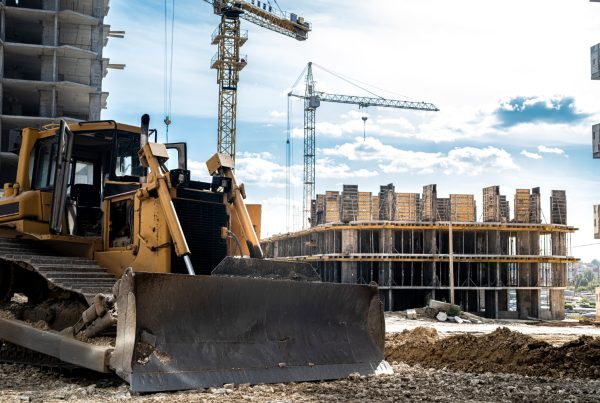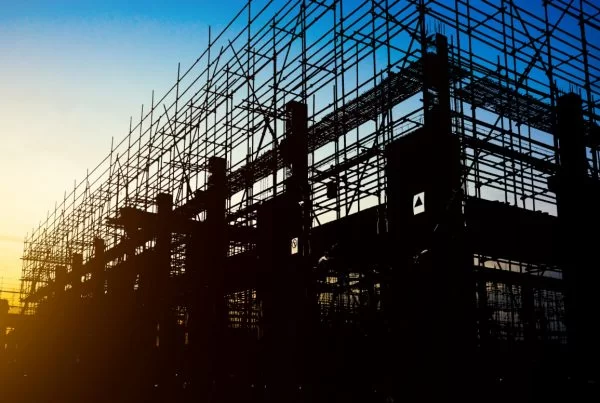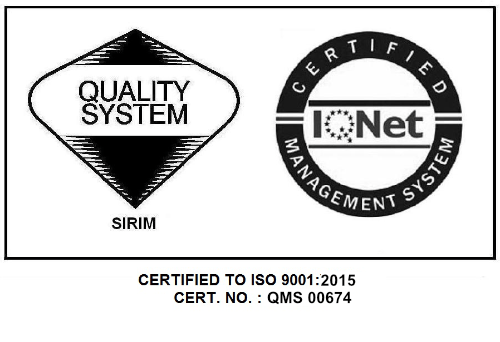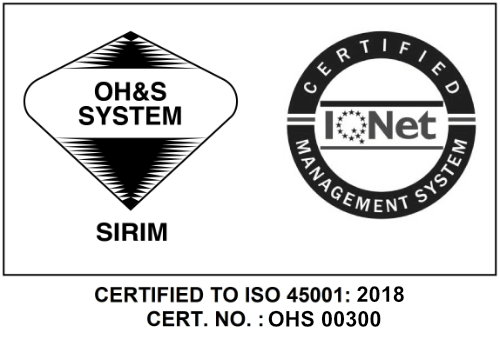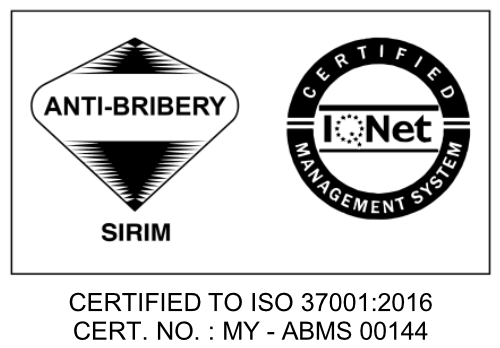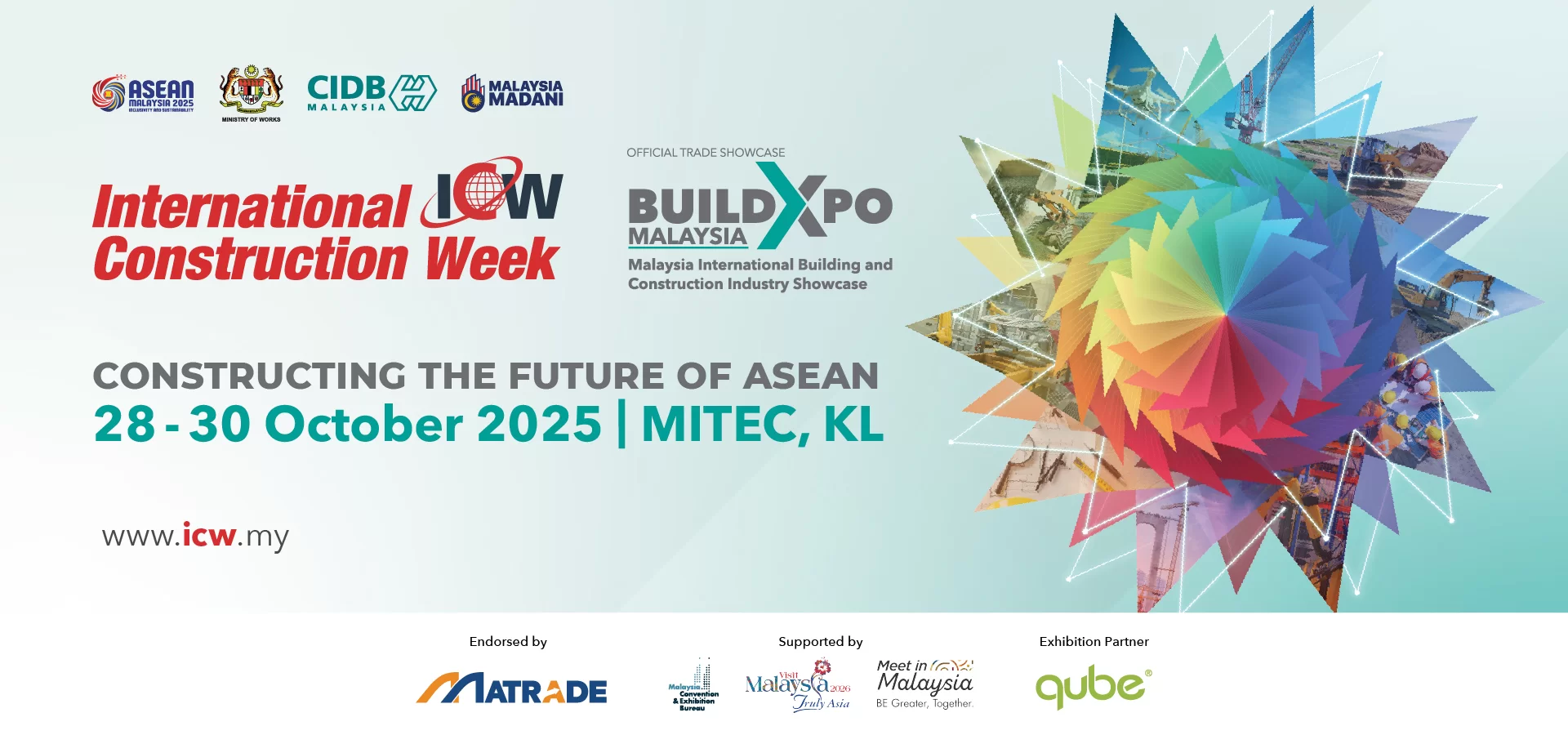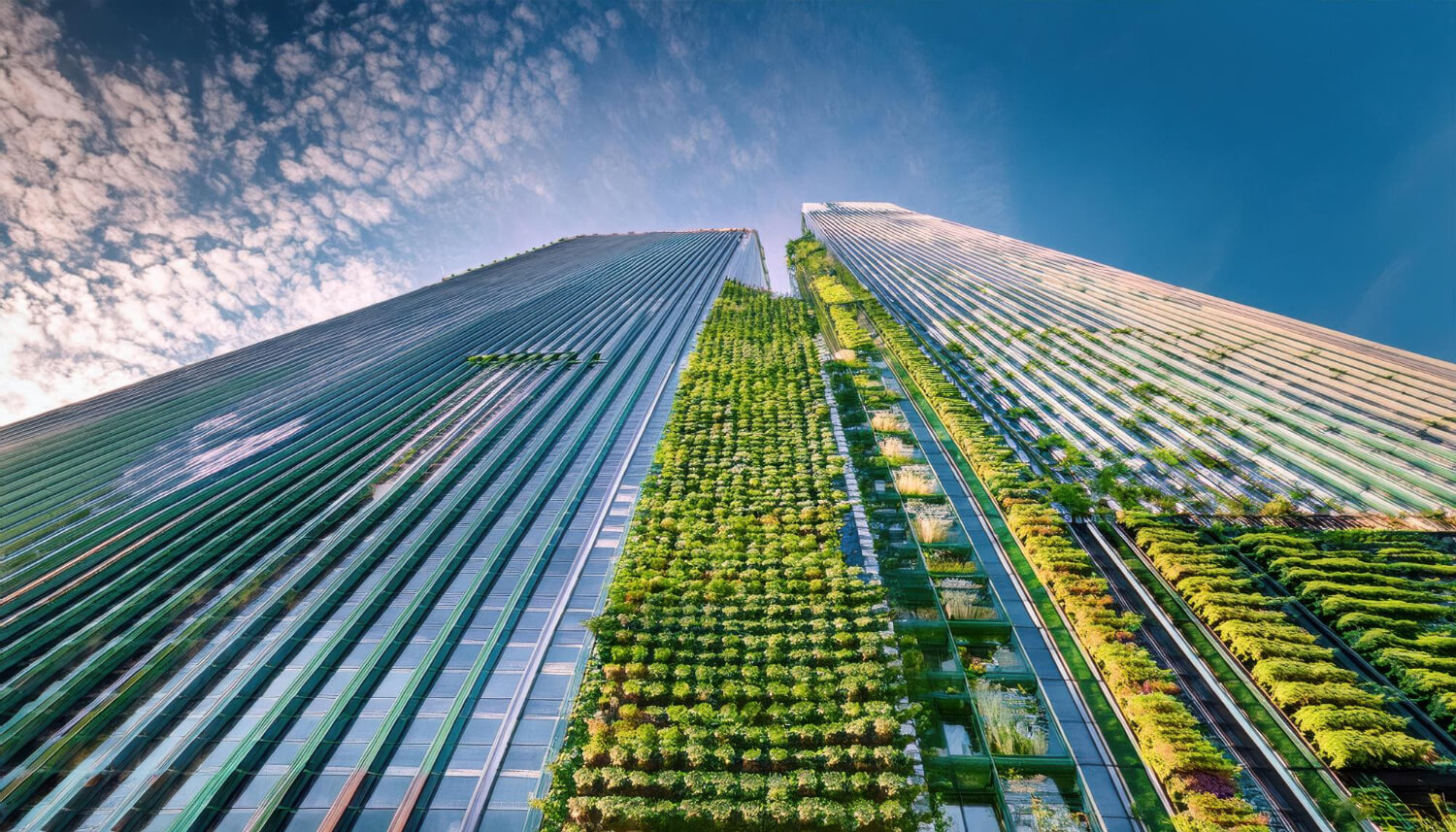
In a world increasingly shaped by climate uncertainty and rapid urbanisation, resilience has become the cornerstone of sustainable infrastructure. In this three-part article series, we will focus on Gamuda’s fresh approach to combining robust construction with top-notch environmental sustainability.
At the ICW Borneo 2025 Sustainable Construction Summit, Si Kok Siong, Executive Director of Gamuda Engineering, shared how the company is pioneering future-proof engineering practices that blend durability, environmental responsibility, and community value during his presentation entitled “Resilient Design for Sustainable Infrastructure”.

One standout project is the Pan Borneo Highway WPC-04, which stretches 89.3 km through environmentally sensitive terrain. Gamuda’s strategy focused on minimising deforestation through temporary route planning and early community engagement. This inclusive approach supports local subcontractors, generates employment, and raises road safety awareness in rural Sarawak.
The Batang Lupar 2 Bridge, poised to be Malaysia’s tallest and second-longest cable-stayed span, exemplifies design excellence with its 145.5m pylons and 870m length. Meanwhile, construction innovations like self-climbing formwork and aerial drone surveying have accelerated timelines and improved safety.
Gamuda’s emphasis on digital engineering, from 3D structural modelling to real-time site monitoring, ensures material efficiency and reduces environmental impact. These practices are reshaping Malaysia’s construction landscape, embedding sustainability at every phase, from design to delivery.
The company’s vision aligns with CIDB’s national aspirations: to build infrastructure that not only serves today’s needs but also withstands tomorrow’s challenges. By integrating resilient design principles across its major projects, Gamuda Engineering is proving that sustainability is not a constraint, but a catalyst for smarter, stronger infrastructure.
Stay tuned to read more about Gamuda’s sustainable construction and transformative projects.
Related articles
Part 2: Clean Energy Meets Smart Engineering
Part 3: Greener Infrastructure Through Innovation and Inclusivity







